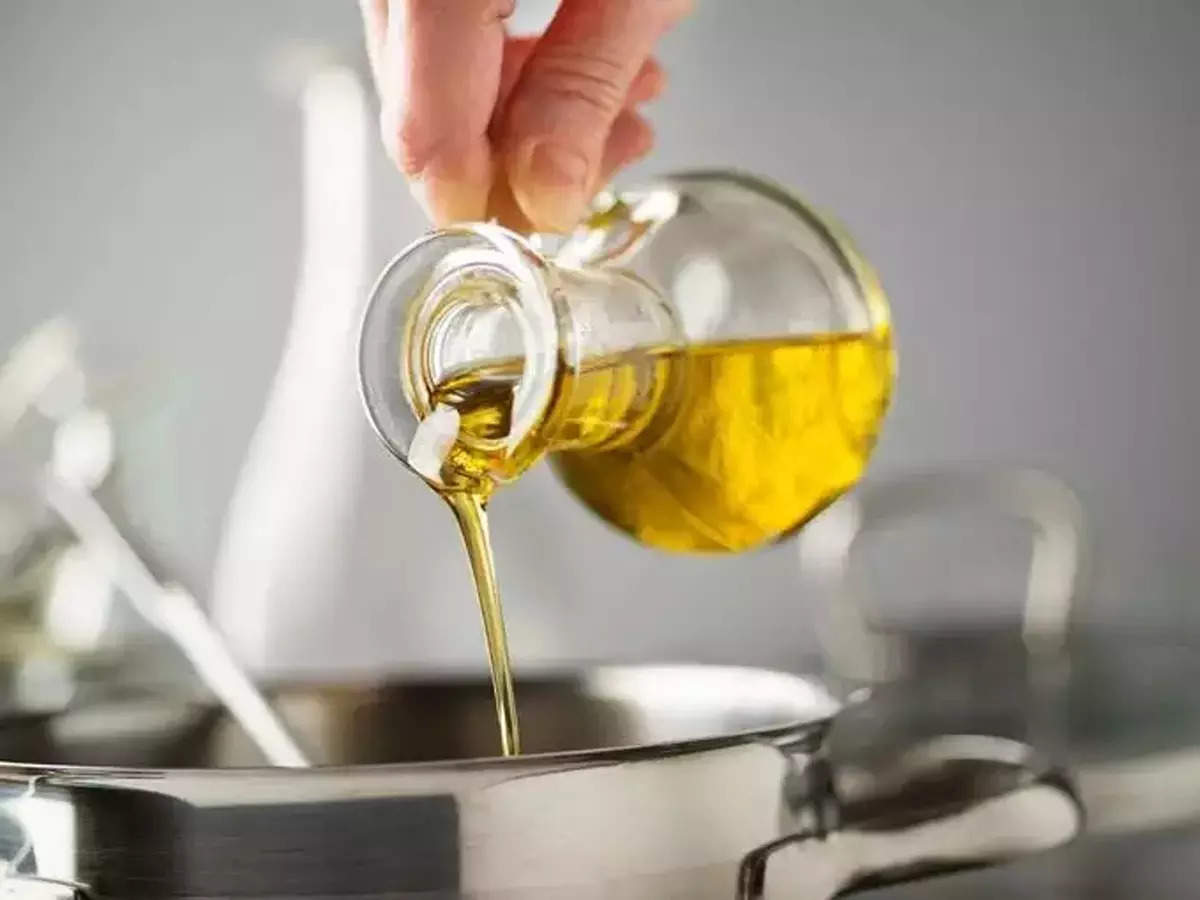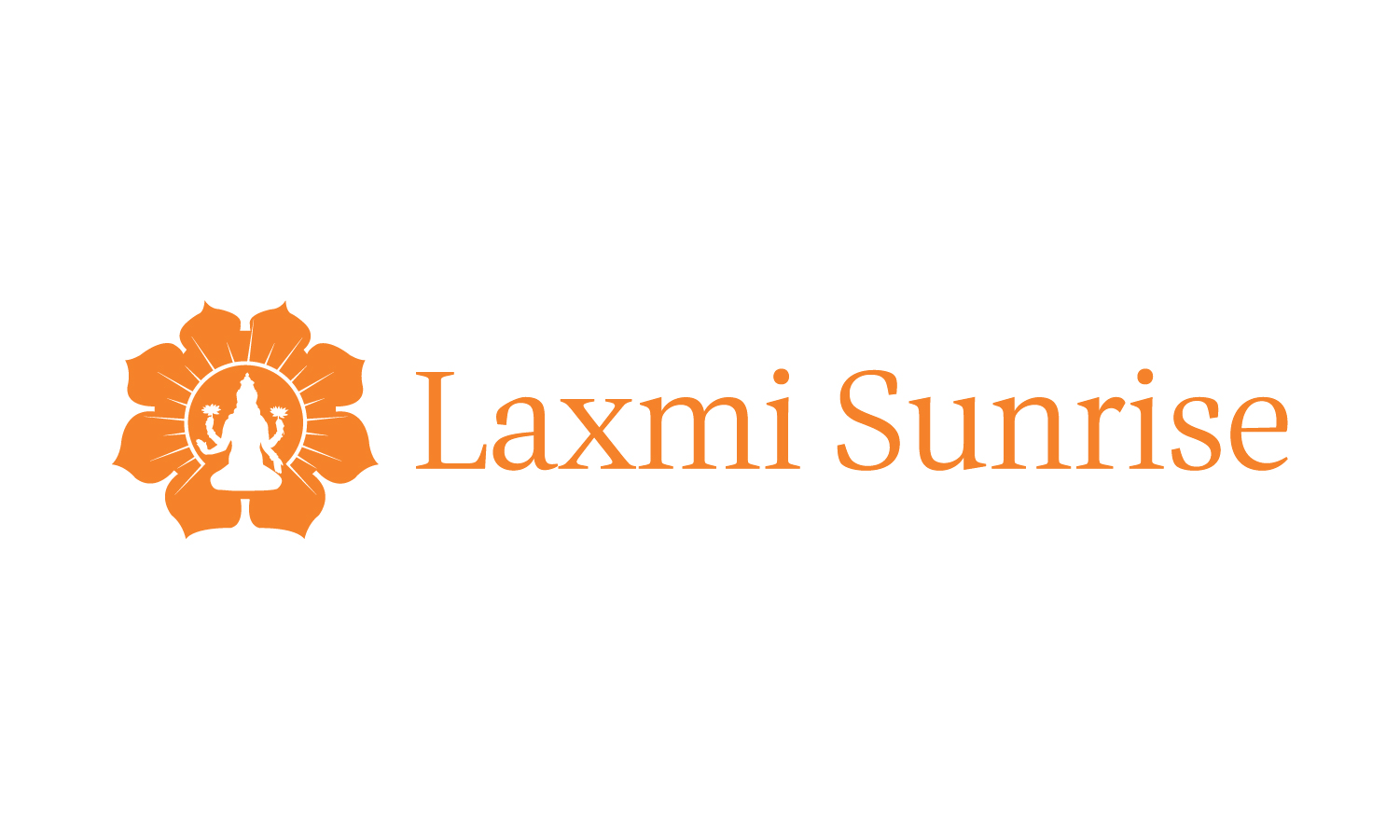Nepali consumer hit by higher cooking oil prices as Ukraine-Russia war rages

KATHMANDU: MARCH. 3 – The Nepali consumer is becoming an unwitting sufferer of the war in far-off Ukraine as cooking oil prices are set to rise because shipments have been held up at various transit points, traders said.
Nepal imported more than 85,000 tonnes of crude edible oil from Ukraine and Russia in the first seven months of the current fiscal year ended mid-February. While troops of the two former Soviet republics engage in intense gun battles, the products on order have been stranded en route, causing anxiety among Nepali importers.
Analysts say that the war has already led to higher petroleum prices, and Nepali consumers reeling from spiralling fuel and food costs will hurt more from expected hikes in the price of cooking oil.
According to the Department of Customs, Nepal imported 57,360 tonnes of crude sunflower oil worth Rs 9.51 billion from Ukraine, and 15,220 tonnes worth Rs 2.58 billion from Russia in the first seven months of the current fiscal year.
During the same period, Nepal imported 4,840 tonnes of soybean oil worth Rs 794.79 million from Ukraine, and 7,840 tonnes of mustard seeds worth Rs 753.75 million from Russia.
Apart from the directly sourced goods, Nepal-bound consignments from other countries have been stuck at various ports because of the fighting, Rakesh Singh, an official of Sushil Vanaspati, Birgunj told the Post.
According to Reuters, a shortage of sunflower oil and the global rise in prices are likely.
India has asked Indonesia to increase palm oil deliveries to compensate for the loss of sunflower oil shipments from the Black Sea region due to the Ukraine crisis, Reuters said. “Surging palm oil and soybean oil prices could hit new record highs in the short term.”
Nepal’s monthly consumer price inflation climbed to its highest in 64 months in December last year, rising to 7.11 percent from 5.32 percent in November, data from Nepal Rastra Bank showed.
The last time the country saw the highest monthly inflation rate was in September 2016-17 when it reached 7.9 percent.
Experts warn inflation may move into double-digit territory this fiscal year due to global factors like shortage of industrial workers, crude price hike and now the war between Ukraine and Russia.
Nepal imports most of its crude sunflower oil requirement from Ukraine, said Singh. Reports show that Russia and Ukraine account for about 80 percent of global exports of sunflower oil.
While sunflower oil prices remain stable, prices of other edible oil have risen steeply.
“Obviously, the war has impacted the edible oil industry. Loading of cargo from Argentina, Brazil, Ukraine and Russia have stopped,” said Singh.
“Already, the price of crude edible oil has jumped from $100 to $150 per tonne. If this situation continues, there are chances that domestic refineries will shut down for lack of raw material,” Singh said.
According to Singh, there are worries that edible oil prices may hit new highs as domestic refineries have nominal stocks. “The price may rise but we cannot say by how much,” he said.
Madhav Timalsina, president of the Consumer Rights Investigation Forum, said, “Prices of both edible oil and petroleum products will shoot up. It is imminent due to the war. But on the pretext of the Ukraine-Russia war, Nepali traders may squeeze consumers further if the government’s monitoring bodies do not keep a close watch on the market.”
Brent crude—the global benchmark for oil prices—hit $113 a barrel, its highest level since June 2014, on Wednesday.
Crude prices in the global market have been on an unabated uptrend. From a low of $69 per barrel on December 1, 2021, Brent crude prices have reached above $113 per barrel. This amounts to an approximate jump of 64 percent in the last three months.
On Tuesday, state-owned monopoly Nepal Oil Corporation announced that its fortnightly projected losses had ballooned to over Rs 3 billion, hinting at a massive hike in fuel prices soon.
The corporation said its losses since the beginning of this fiscal year in mid-July 2021 had reached a staggering Rs 28 billion.
Company officials have dropped hints that if the Russia-Ukraine crisis prolongs, the price of petrol may cross the Rs 200 per litre mark.
Consumer rights activists say that traders have already started increasing the price of edible oil.
“We have observed that prices have gone up by Rs 20 per litre,” Timalsina said. “It’s time to keep a tab on the market to minimise unscrupulous activities. We don’t have a dedicated minister for the Ministry of Industry, Commerce and Supplies. Nor does the government have any data of the country’s crude oil inventory.”
Timalsina added, “In the given context, black marketing has started.”
Mustard oil factories in the Sunsari-Morang industrial corridor in the eastern region, have started jacking up prices. The price has gone up by Rs 30 per litre in just two days, observers said.
Ram Subedi, the proprietor of Avinash Traders in Pipalchowk in Morang, said that a 10-litre packet of sunflower oil which cost Rs 2,300 two days ago now costs Rs 2,700.
The mustard seeds used by local factories are imported from Ukraine. The shipments have been stopped since the war erupted.
Shrawan Kumar Agrawal, the proprietor of Gharelu Tel Udyog, said prices of mustard oil would go up further if the situation persisted.
In Morang, the retail price of mustard oil is Rs 300 per litre, and sunflower oil costs Rs 260 per litre.
-Kathmandu Post









